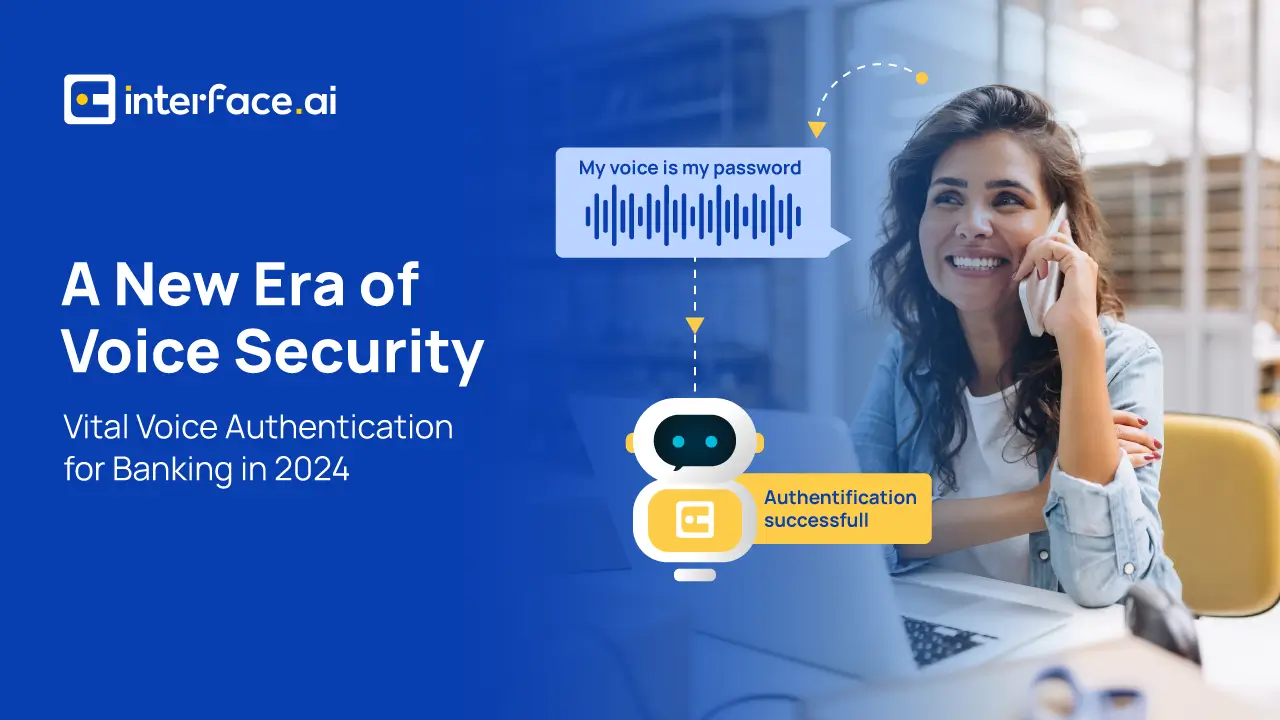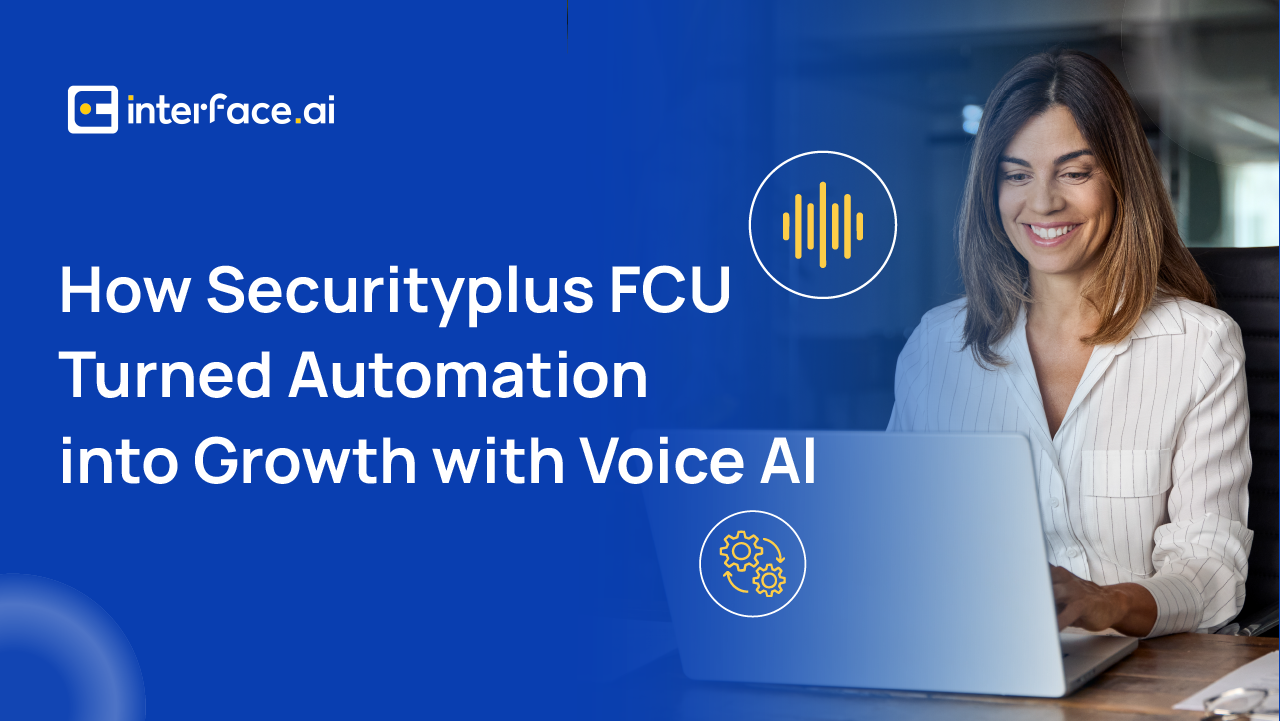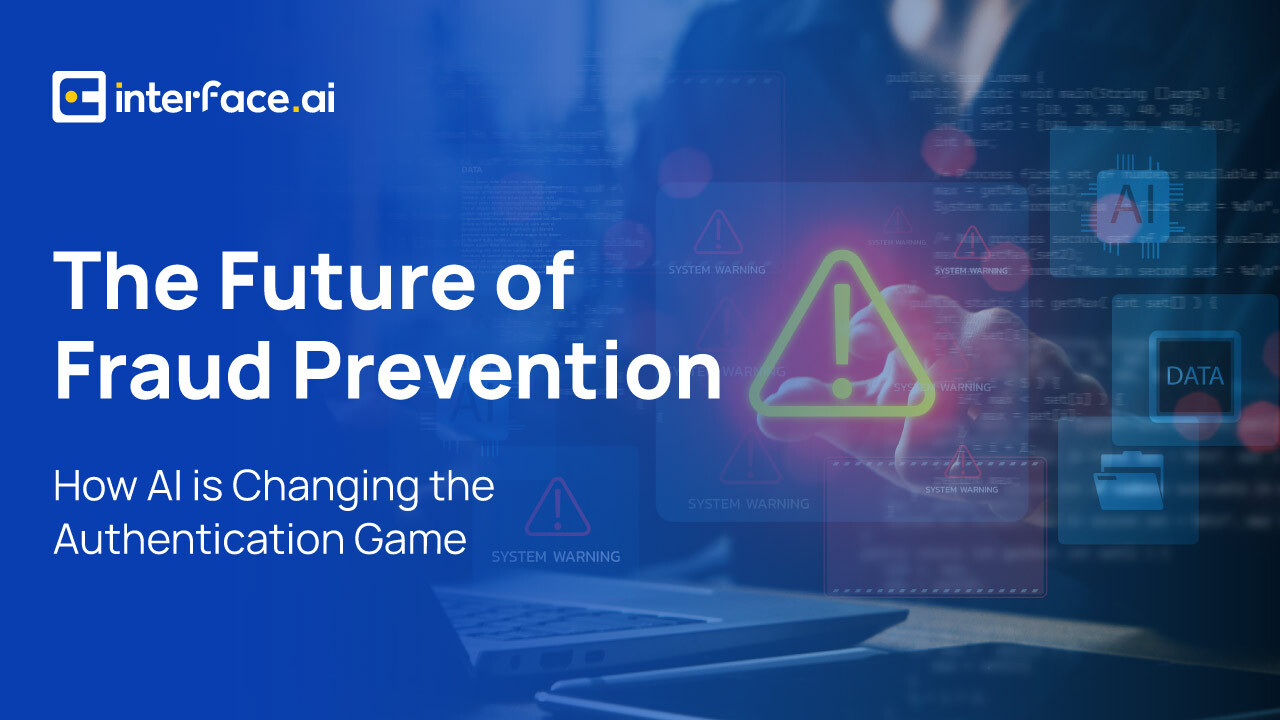
A New Era of Voice Security: Vital Voice Authentication for Banking in 2024
There’s no doubt that cyber threats targeting financial services are becoming increasingly sophisticated. Fraud, identity theft, and data breaches are rampant – and costly. According to a recent report by IBM, financial organizations are averaging $5.9 million per data breach, 28% higher than the global average.
One cause for the rise in cyberthreats is the adoption of new technologies. As more services move online, the attack surface for cybercriminals expands. Voice AI is one example, with deep fakes and voice spoofing emerging as critical voice authentication risks as the technology grows in popularity.
Thankfully, the challenge is being met with equal force. interface.ai has developed the most secure voice AI for financial services by combining the three key pillars of security – AI, voice biometrics, and caller anti-spoofing. This multi-factor, risk-based authentication approach creates a multi-layered defense system that enhances security while streamlining the user verification process.
This blog explores key voice authentication technologies and how they work. But first, let’s understand why voice AI authentication is so essential for banks and credit unions in 2024.
The importance of authentication in Financial Services
When thinking about authentication, security is often the first consideration, yet there’s much more to it. Here are just some of the reasons why voice authentication in financial services is so critical.
Enhanced security: Voice authentication systems verify user identities to significantly reduce the risk of fraudulent activities and prevent data breaches.
Improved customer experience: Voice authentication allows customers to access their accounts and perform transactions quickly and easily, without the need to remember complex passwords, carry additional devices, or wait for verification. This smooth, real-time process enhances the customer experience.
Regulatory compliance: Authentication systems ensure financial services comply with stringent industry regulations and data protection laws, such as FFIEC and FCA, by securely handling sensitive customer information. These systems also maintain detailed logs of all authentication attempts which are essential for regulatory audits and investigations.
Operational efficiency: Voice AI authentication automates manual and time-consuming processes. This reduces the average handle time (AHT) and frees up agents to move straight to problem-solving. This efficiency lowers operational costs and improves the employee experience as their role moves from transactional to consultative support.
A new era of security – Vital voice authentication in 2024
The development of cyber threats, particularly deepfakes, has spurred on the development of voice authentication technologies. Voice biometrics have become increasingly common, alongside One-Time-Passwords and Magic Links. Sophisticated caller anti-spoofing has also begun to emerge to ensure the authenticity of the caller’s identity.
While each of these authentication options is effective, they are less powerful when working alone. It is when they are combined as part of a multi-factor verification system that they become almost impregnable – a unique industry offering by interface.ai
interface.ai’s voice AI combines advanced voice biometrics with caller anti-spoofing – the only financial services Voice AI provider that does so. This AI-powered multi-factor authentication is also built on a risk-based model which creates multiple layers of security. This makes it extremely difficult for attackers to penetrate and commit fraud. As a result, interface.ai provides the most advanced voice security for banks and credit unions, while also making the authentication process smoother for the end user.
Let’s dig into these authentication approaches and understand how they work.
1. Voice biometrics
Voice biometrics is the most common technology for authenticating users in Voice AI systems. It works by verifying the identity of the speaker by analyzing their unique voiceprint, such as pitch, tone, and speech pattern. While two voices may sound similar to the human ear, just as two fingerprints would, machines can identify the smallest of details to differentiate them.
The voice identity can be verified by active or passive methods. Active voice biometrics require the user to speak a specific phrase, whereas passive voice biometrics authenticates the user during natural conversation. The latter provides a more seamless and uninterrupted experience.
interface.ai offers advanced voice biometrics in financial services, available as both active and passive verification. Find out more here.
2. Caller anti-spoofing
Caller anti-spoofing technology is essential for preventing fraudulent activities. In the past, caller ID verification was considered vulnerable due to the prevalence of identity spoofing – altering the caller identification information displayed to the person receiving the call to disguise the caller’s true identity.
However, the development of interface.ai’s caller anti-spoofing has eliminated this risk. By leveraging a world-leading inbound authentication solution, interface.ai has created an anti-spoofing experience that helps identify the caller with the highest accuracy in the industry. Using advanced algorithms, the system analyzes a range of factors (call origination, call patterns, and more) to detect and prevent spoofing for even greater security.
Learn more about interface.ai’s caller anti-spoofing solution here.
3. One-Time Passwords (OTP) and Magic Links
One-Time Passwords (OTP) and Magic Links are two security mechanisms used to verify user identities during a call. An OTP is a temporary, unique code, while Magic Link is a secure, one-time-use link – both sent to the user’s registered device.
Both provide additional layers of security beyond traditional passwords and are commonplace within the voice authentication process. They also streamline the authentication process as the user doesn’t need to remember a password or answer multiple security questions.
Wrap-up
To learn more about interface.ai’s Voice AI for financial services and how it is the industry’s most secure solution, why not try it out for yourself? Dial 888-320-3889 to speak with our virtual Voice AI and test its skills, or click here.
AI Insights for Credit Union & Community Bank Leaders
Join the monthly newsletter for all the latest industry updates

